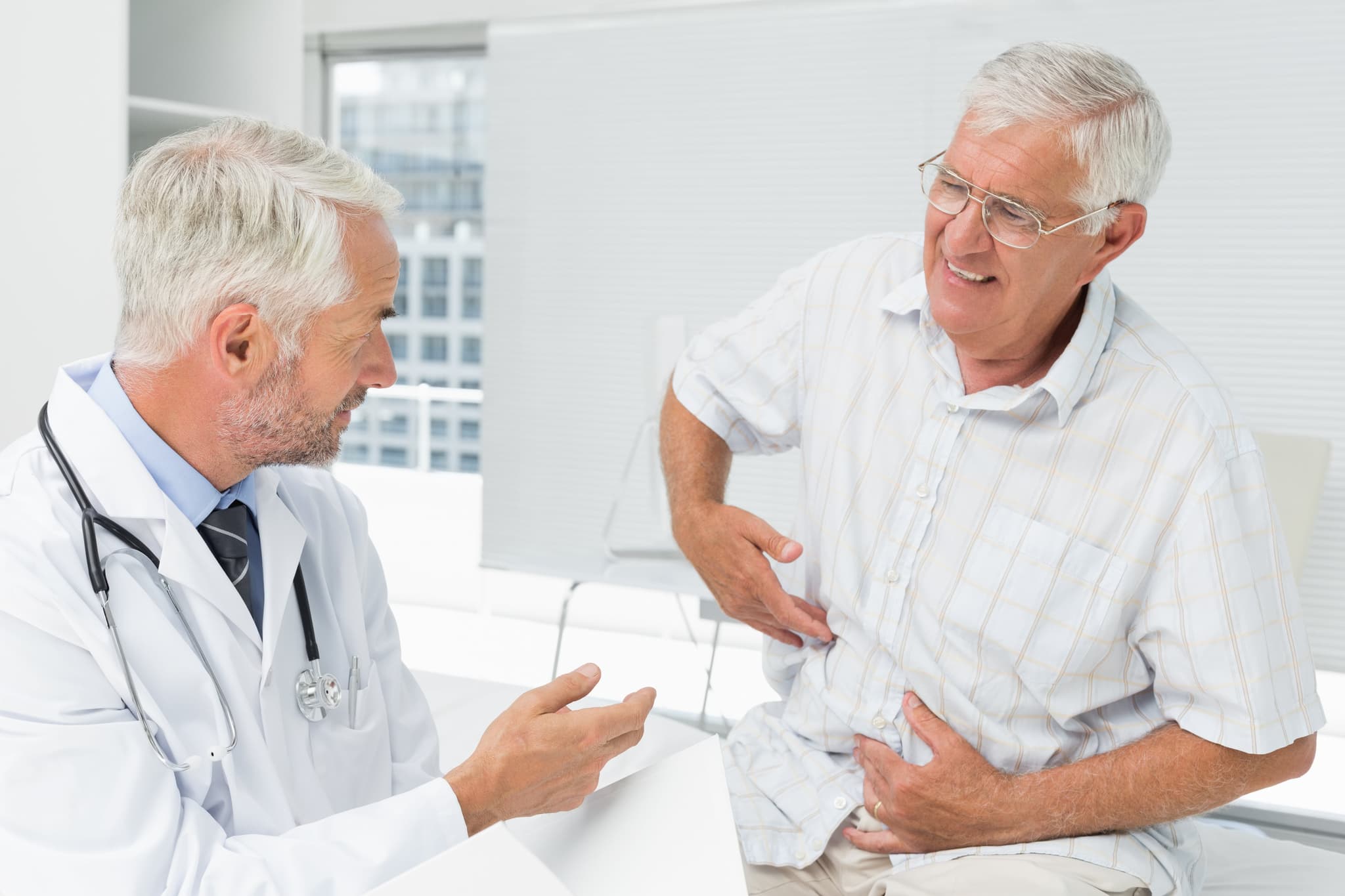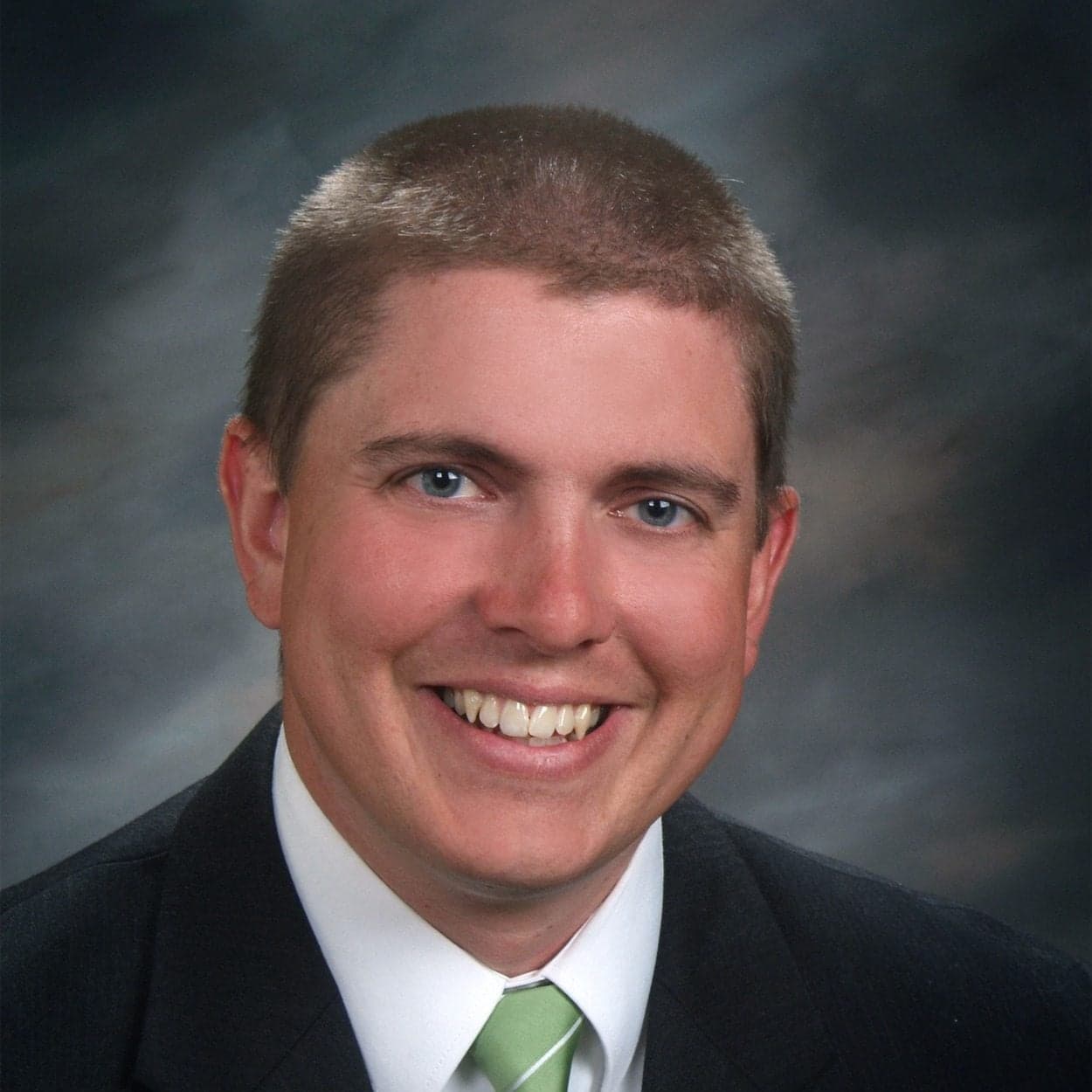
2025-11-21T14:10:25
How to Prevent Gestational Diabetes
- Family Medicine
- Internal Medicine
- OB/GYN
September 6, 2016 | Family Medicine
Specialties:Family Medicine • Pain Management • Sports Fitness and Physical Therapy • Urgent Care

Are you one of the 100 million Americans suffering with some sort of chronic pain? Or perhaps you’re currently dealing with acute pain caused by an injury or illness. Pain is becoming increasingly more prevalent in the United States, due in part to our longer lifespans and expanding waistlines. Excess weight and old age both contribute to aches, pains and physical discomfort.
How well you cope with acute or chronic pain, and the specific types you experience, typically depends on:
Your age
Overall fitness level
Existing health challenges
Personal pain tolerance
What are some of the most common pains that family practitioners treat on a daily basis?
If you often walk stooped over with one hand holding your lower back, it might be a slight consolation to learn that lower back pain is the most common type of chronic pain in America, according to WebMD. If your pain is not due to a back injury, it’s likely caused by sitting for long stretches at your desk, in your car or in front of the TV.
If you’re over 50, it’s more likely that an arthritic condition or degenerative disc disease is contributing to your back or neck pain. As we age, the soft material inside of our spinal discs may rupture or bulge, pressing on the nerves and spinal cord. Pain can be localized in the neck or lower back, or it can radiate down the buttocks and legs.
Ways to ease your aching back and neck include:
Strength-training and cardio exercises to increase blood flow, strengthen core muscles and reduce pressure on your spine
Physical therapy to reduce joint pain and improve flexibility
•A heating pad
•Hot Epsom salt baths
•Over-the-counter anti-inflammatory medicines like acetaminophen and ibuprofen
•Muscle relaxants
Because there are limits and risks for both OTC and prescription pain relievers, be sure to explore alternative solutions with your family doctor.
Some form of arthritis is often the cause of patients’ inflamed, stiff and painful joints. Osteoarthritis is the progressive wear and tear of the slippery cartilage that protects the ends of your bones where they form a joint. Rheumatoid arthritis is an autoimmune disease characterized by sharp pain, swelling and deformity in the lining of the joints in the fingers, feet or wrists.
Your orthopedic specialist may prescribe nonsteroidal anti-inflammatory drugs or corticosteroids to relieve pain and decrease inflammation. Other osteoarthritis medications slow bone loss and help your body build new bone. Staying physically active is very important when you have an arthritic condition. It improves circulation and strengthens the muscles around the joint, taking pressure off the joint and bone to reduce pain. Talk to your doctor about the best form of exercise for your specific condition.
Muscle strain or soreness after activities becomes more of a problem as we age. Our muscle fibers become less dense and less flexible. Performing gentle exercises that stretch and lengthen your muscles to keep them pliable and limber such as yoga and Pilates are a great help. Try topical treatments like Aspercreme, Biofreeze or arnica gel to soothe your aches.
Golf, tennis, computer work and snow shoveling can all result in overuse injuries including tendonitis, lateral epicondylitis and carpal tunnel syndrome.
Carpal tunnel syndrome affects 3 to 6 percent of American adults. Caused by a pinched nerve in your wrist, symptoms of carpal tunnel include numbness, tingling and weakness in the hand.
Your doctor might suggest:
Avoiding activities that cause symptoms
Frequent breaks to rest the hand
Wrist splints
Nonsteroidal anti-inflammatory drugs
Corticosteroid injections
Occupational or physical therapy
If conservative treatments are not successful, your doctor may recommend surgery to treat carpal tunnel syndrome.
Migraines and headaches are the second most common type of chronic pain that Americans deal with. See 3 Easy Ways to Prevent Headaches for some simple, everyday habits that can help you stop a headache before it even starts.
Do you need help managing your acute or chronic pain? Dr. Abe Tomco at North Orem Family Medicine is ready to partner with you and empower you with healthy lifestyle habits to help you care for your body. Dr. Tomco’s motto is, “An ounce of prevention is worth a pound of cure,” and he loves sharing his passion for preventive medicine with children, adolescents and adults.
As a physician, I love helping people through stressful times when they may be sick or hurt. It really helps people to have someone they can trust when making an important medical
decision. I love teaching people about healthy lifestyles and showing them how they can prevent a future illness. I also enjoy the challenge and high stress levels of rural emergency medicine and wilderness medicine.
I want to be the kind of doctor that I would want for my own family. When a doctor takes the time to help their patients understand what is happening and what the plan is, a patient’s anxiety can be greatly reduced. The patient should receive all the information they need to be an equal partner in decision-making and feel empowered about caring for their body. An ounce of prevention is worth a pound of cure.
http://www.webmd.com/pain-management/features/common-pains-of-age
http://www.newsmax.com/Health/Health-News/aches-pains-normal-cancer/2013/07/19/id/516030/
http://www.webmd.com/pain-management/features/whats-your-pain-tolerance

WRITTEN BY:
The Live Better Team

2025-11-21T14:10:25

2025-11-03T11:32:24

2025-10-21T11:51:52

2025-08-20T16:07:59
This information is not intended to replace the advice of a medical professional. You should always consult your doctor before making decisions about your health.